Lapis lazuli is one of the oldest stones recorded, a favourite gem for amulets and scarabs in ancient Egypt. Lapis lazuli artefacts have been found at excavations of the Predynastic Egyptian site Naqada (3300–3100 BC) and was used for Tutankhamun’s gold mask.
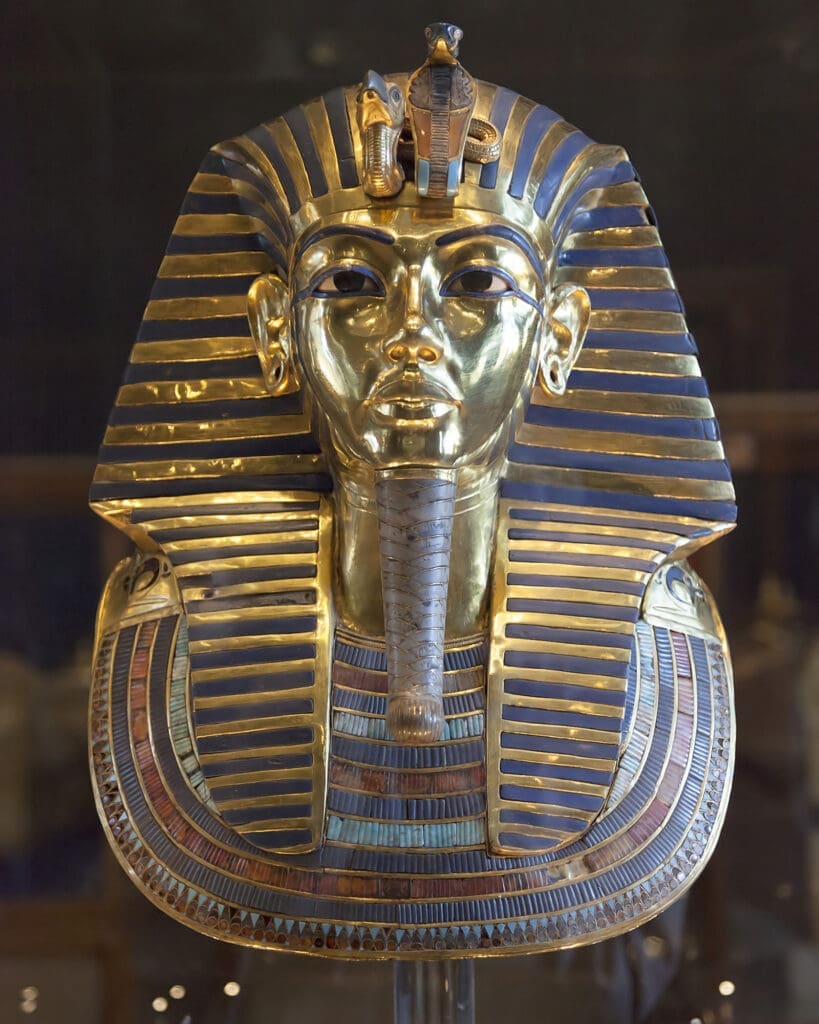
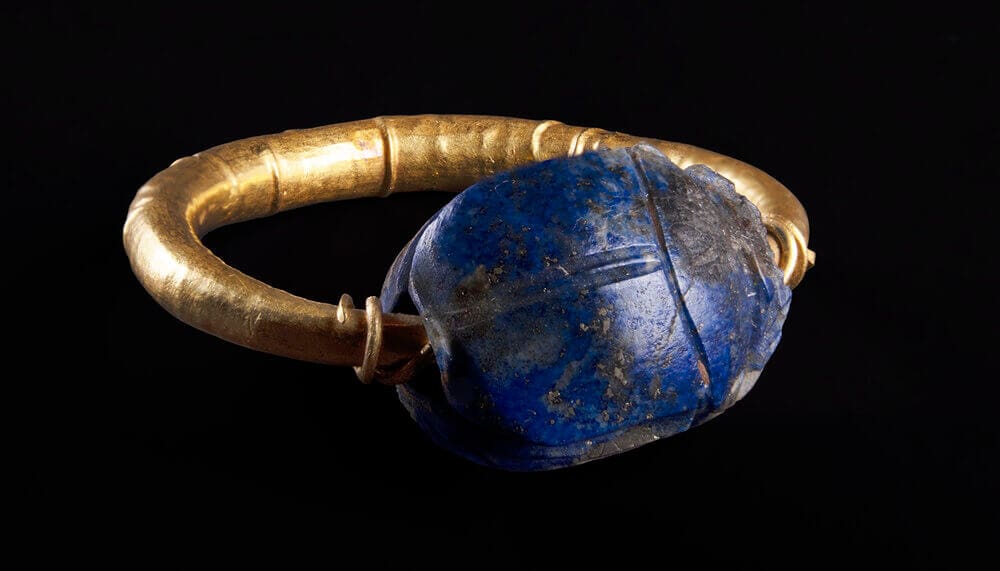
Ancient history and biblical references
Lapis lazuli has been mined since at least 7570 BC in Afghanistan. It appears in the Old Testament, referred to as “sapphire”.
Exodus 24:10 says: “And they saw the God of Israel, and there was under his feet as it were a paved work of a sapphire stone…” Scholars agree that the Latin term lapidis sapphirine refers to lapis lazuli, not sapphire.
Name and composition
The name comes from the Latin lapis meaning “stone” and the Persian lazhuward meaning “blue”.
Lapis lazuli is a rock made of several minerals. These include lazurite, sodalite, calcite, and pyrite. Pyrite, nicknamed “fool’s gold”, appears as small golden flecks in the stone.
Colour and quality factors
Lapis lazuli is famous for its intense blue. The finest colours range from greenish blue to violetish blue, with a highly saturated medium to dark tone.
Other minerals affect its appearance and desirability. Specks of gold-coloured pyrite are attractive, but too much white calcite reduces value. Lower-grade lapis is green and dull.
The more lazurite in the stone, the deeper the blue — often called “royal blue”. Higher pyrite content gives the gem a greener look.
Geographic origins and trade names
Afghanistan’s northeastern province of Badakhshan produces the highest-quality lapis lazuli. This top-grade stone, often called “Persian” or “Afghan”, contains little or no calcite or pyrite. Access to these mines is extremely difficult.
Today, lapis from this region is classed as a conflict mineral. Global Witness reports that the Taliban and other armed groups earn up to $20 million a year from these mines. They remain the world’s main source of the stone used in jewellery worldwide.
Other trade names include “Russian” or “Siberian”, which contain pyrite and may have some calcite, and “Chilean”, which has obvious calcite traces and often appears green. These names refer to styles or qualities, not necessarily the mining location.
Uses of lapis lazuli
Lapis lazuli has always been versatile. It is cut into beads, inlaid in rings, shaped into bowls, and carved into decorative objects.

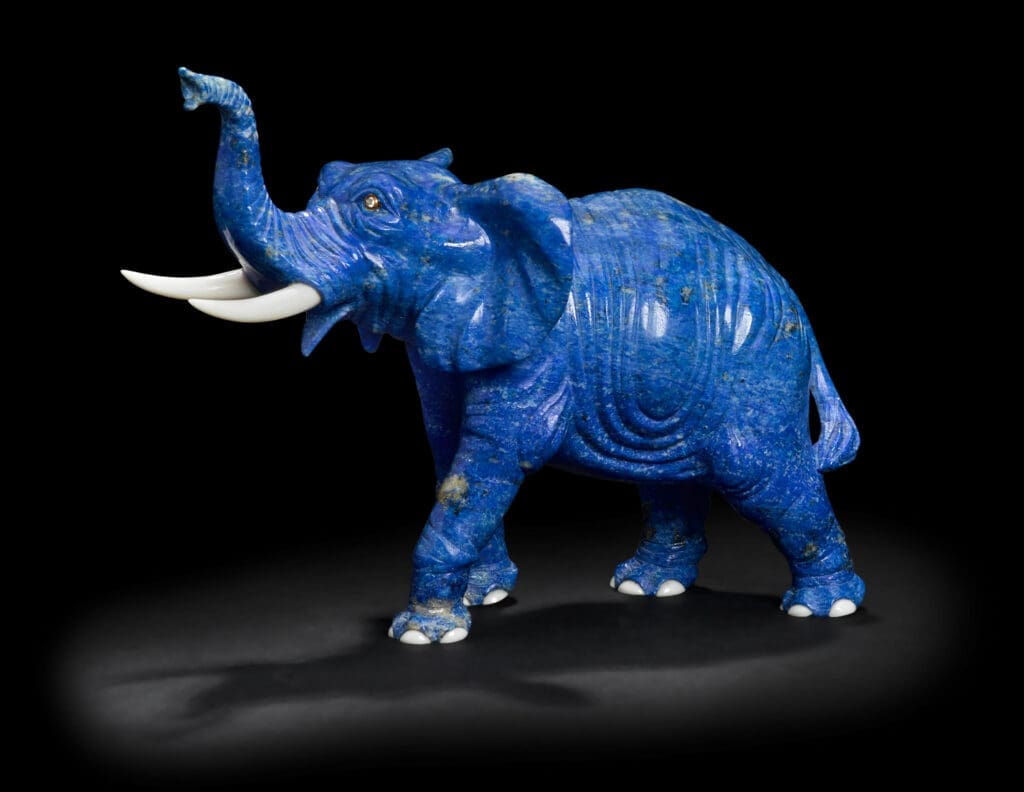
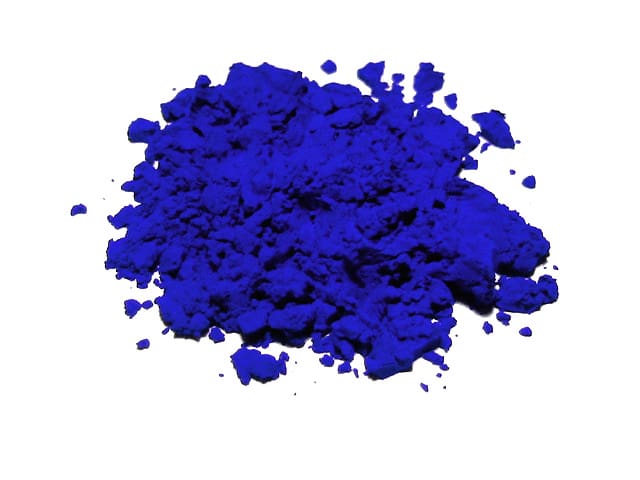
Lapis Lazuli and Art
Due to its intense blue colour, the gem became a favourite amongst Renaissance painters. Lapis lazuli was crushed and the blue pigment was named ultramarine, from the Latin “ultramarinus”, meaning beyond the sea.
The 17th century Dutch painter Johannes Vermeer used this very expensive pigment in abundance in his paintings.
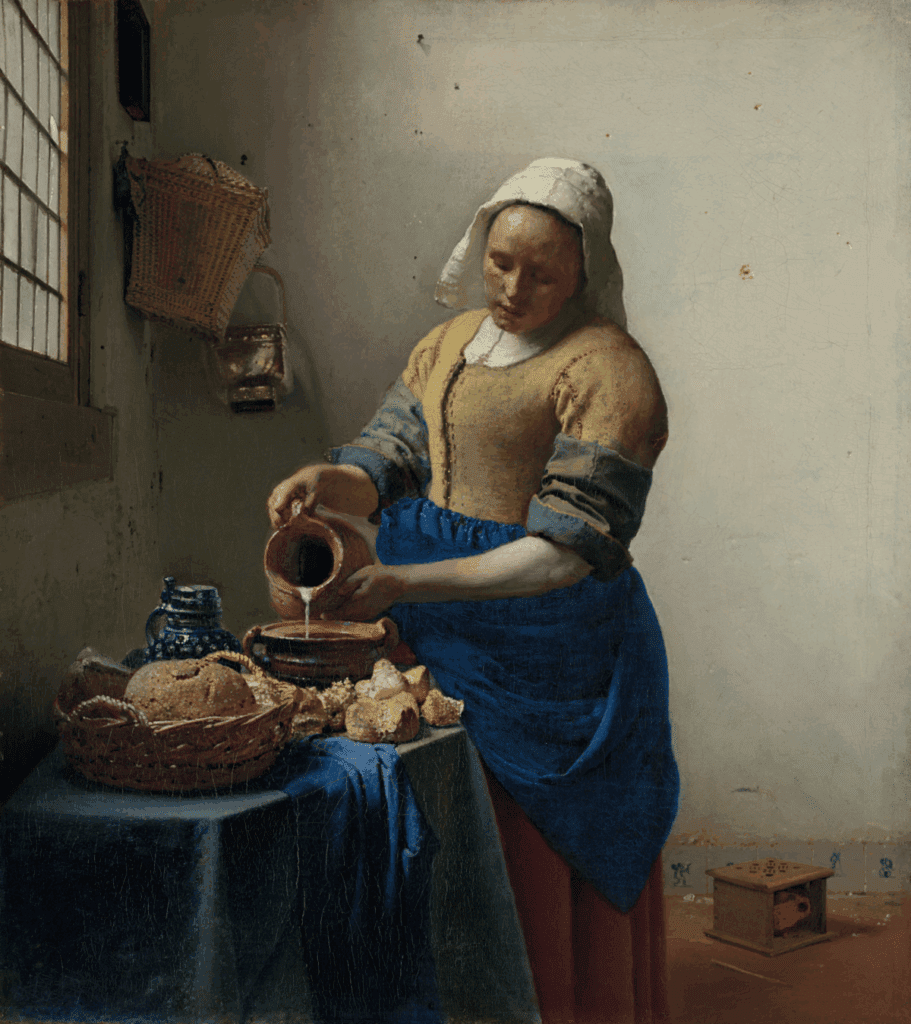

Several others made use of ultramarine in their iconic artworks.
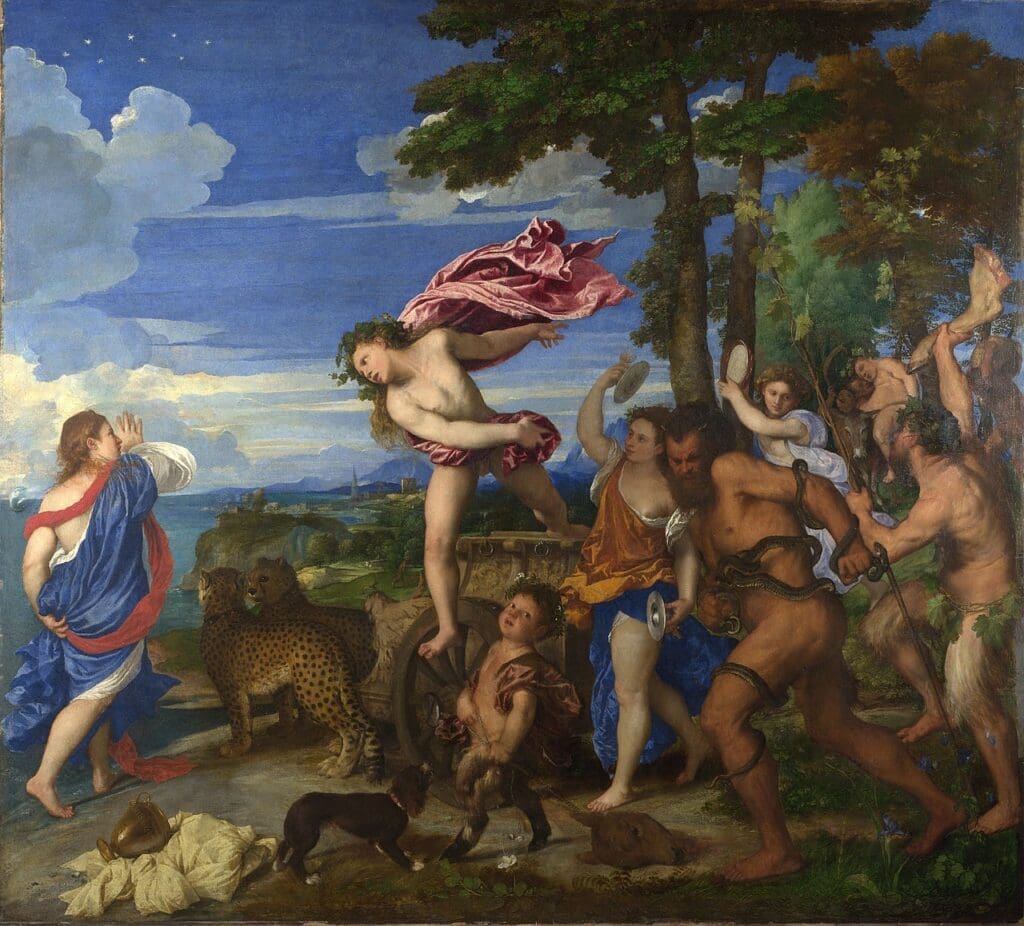
The use of lapis lazuli was synonymous with great wealth. It is not surprising that in the Medici Chapel in Florence the gem is heavily represented, such as on the Altar of the Chapel of Princes.
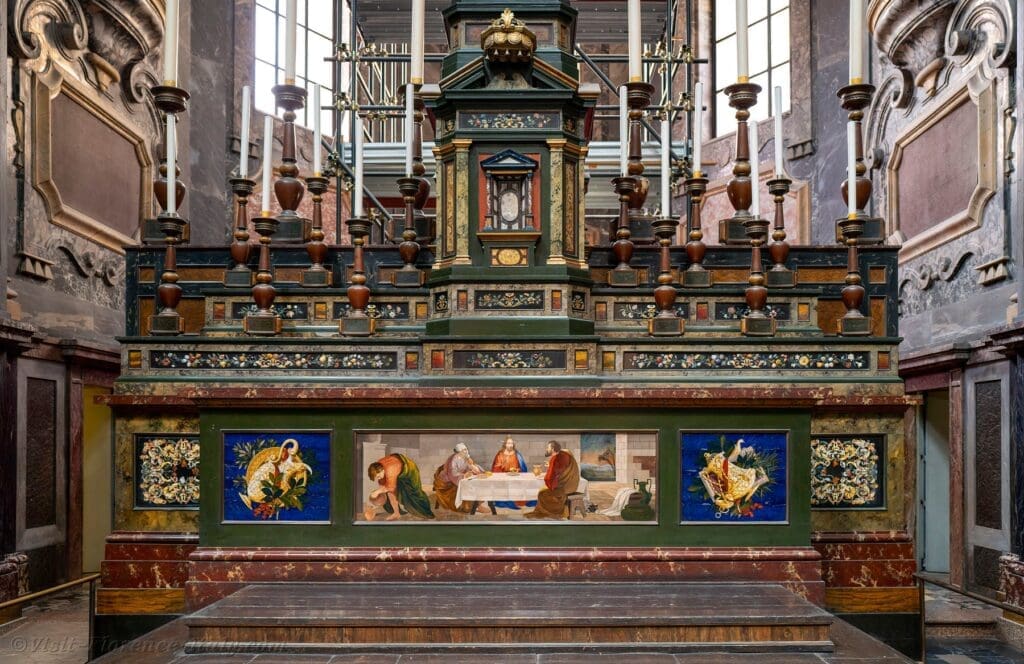
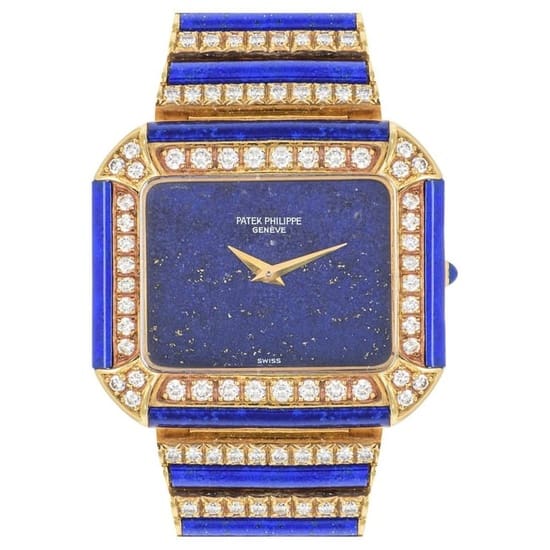

However due to its classification as a conflict gem, will demand, availability and use in jewellery continue to thrive?
Aurélia has over twenty years’ experience in the auction industry. She started her career in Business Development and Client Services at Christie’s and Sotheby’s Paris.
- Aurélia Turrall#molongui-disabled-link
- Aurélia Turrall#molongui-disabled-link
- Aurélia Turrall#molongui-disabled-link
- Aurélia Turrall#molongui-disabled-link







